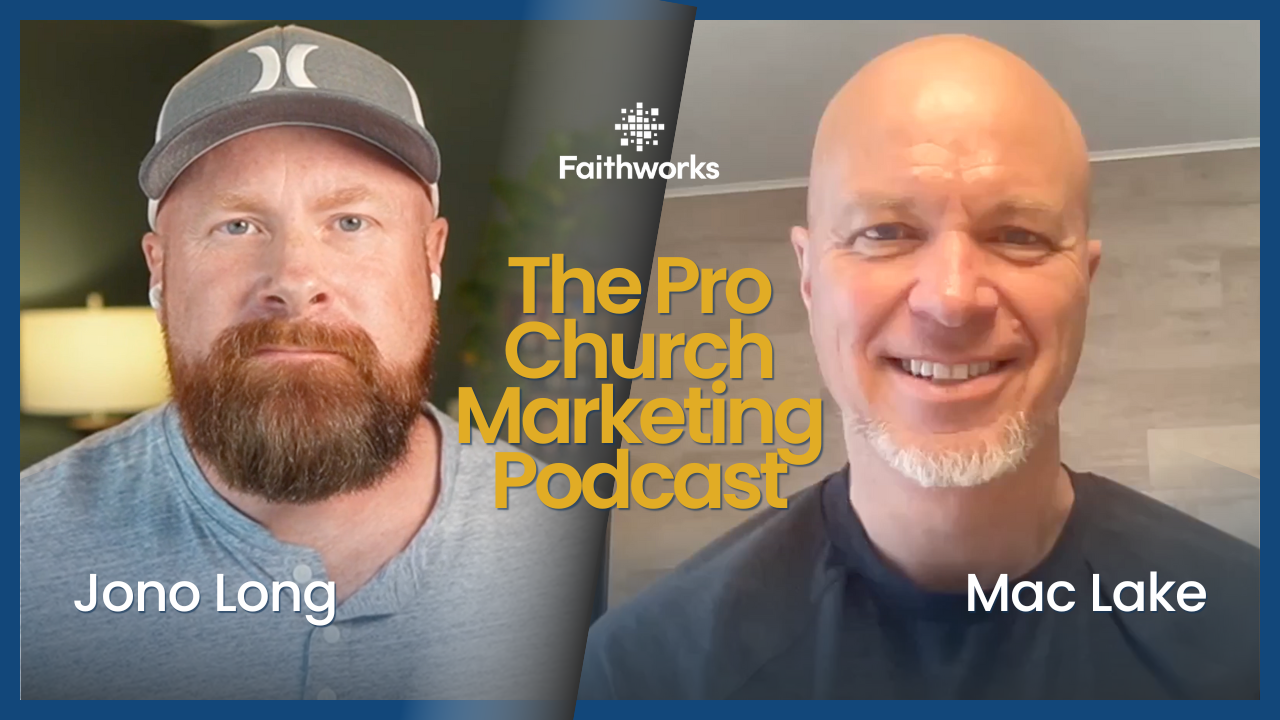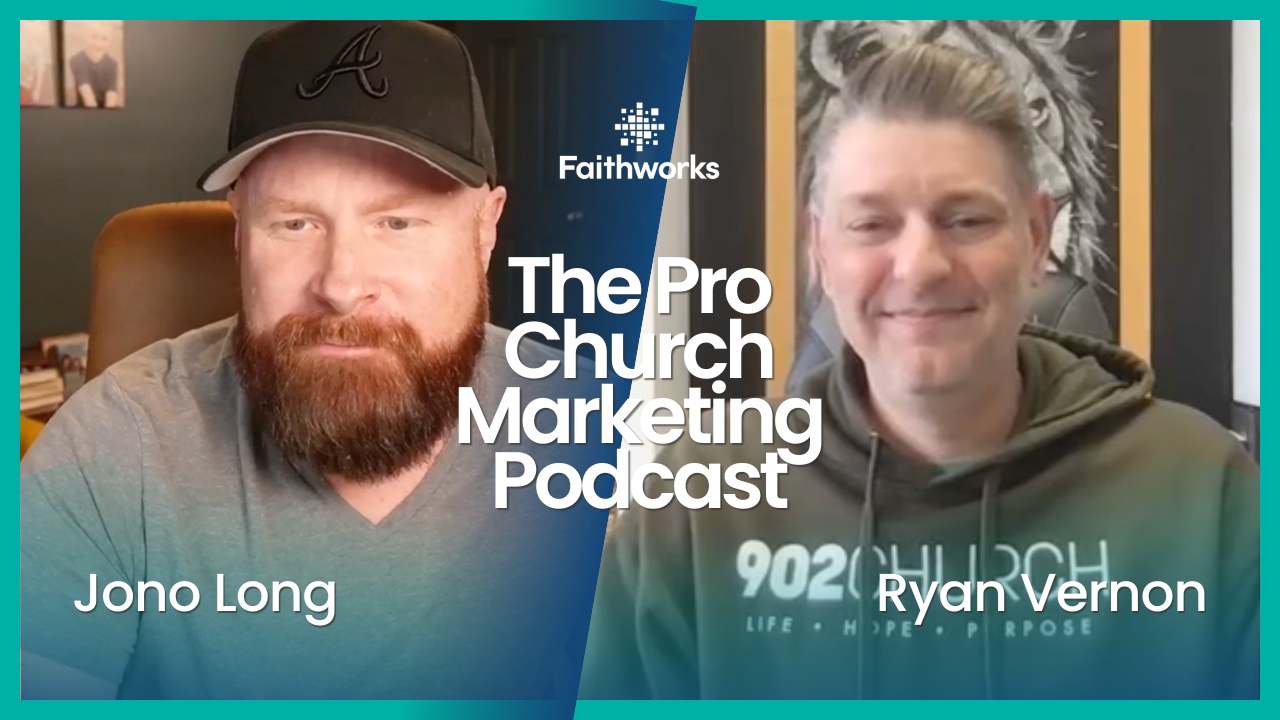Creating Impactful Content for Non-Profit Websites: A Comprehensive Checklist
In the world of digital technology, a non-profit's website is the heart of its online presence. It's the hub where potential donors, volunteers, and those who need your help the most, come to learn about your mission, your achievements, and how they can contribute. However, creating a compelling non-profit website is no cakewalk; it requires thoughtful planning, impactful content, and a strategic approach.
This guide is designed to help non-profits like yours navigate the digital landscape with ease, ensuring that your website's content hits all the right notes and effectively communicates your cause. We are going to lay out the must-have elements for a successful non-profit website, from engaging storytelling to clear calls-to-action, from showcasing your mission statement to sharing your success stories, and everything in between.
Essential Elements Every Non-Profit Website Should Include
1. Establish a Compelling Mission Statement
A clearly articulated mission statement is an essential component of your non-profit website, as it communicates your organization's purpose and sets the stage for user engagement. To craft an effective mission statement, keep these points in mind:
- Be concise and clear: Aim to convey your non-profit's goals and values in a simple yet powerful manner.
- Reflect your impact: Showcase the positive changes that result from your organization's work, driving motivation and connection among your website's visitors.
Faithworks Marketing's professional content creators can help non-profits in the United States develop a captivating mission statement that embodies their core values and resonates with their target audience.
2. Showcase Programs and Services
Displaying information about your non-profit's programs and services on your website is crucial for informing visitors about the ways you provide support to your community. In this section, focus on the following:
- Describing each program and its purpose: Offer detailed information about the objectives and impact of each program or service you provide.
- Sharing success stories and outcomes: Incorporate testimonials and success stories to validate the effectiveness of your programs, building trust with your audience.
Enlisting Faithworks Marketing's expertise in crafting engaging content will assist your non-profit organization in showcasing its programs and services, strengthening your website's appeal, and fostering stronger connections with visitors.
3. Highlight Upcoming Events and Opportunities
Featuring upcoming events and opportunities plays a vital role in maintaining the interest of your website's visitors and encourages engagement with your non-profit organization. Consider these tactics for highlighting your events:
- Showcase event details: Provide relevant information about the time, date, venue, and purpose of your events for easy visitor access.
- Offer online registration: Implement a user-friendly registration process to encourage participation in your events, streamlining the process for your audience.
- Promote volunteer opportunities: Present visitors with options for volunteering and contributing to your cause, fostering a sense of connection and involvement.
By partnering with Faithworks Marketing, your non-profit can build an interactive events section that optimizes user engagement and bolsters your digital presence.
4. Offer Donation and Support Options
To facilitate support and convert website visitors into donors, provide clear information about donation and support options. Keep these tips in mind when creating a dedicated donation section:
- Make it easy to find: Place a prominently visible donation button on your homepage, directing visitors to a dedicated donation page.
- Offer multiple payment methods: Include a range of payment options to accommodate different donor preferences and facilitate a frictionless donation process.
- Showcase the impact of donations: Clearly communicate how donations directly contribute to your organization's goals and the positive outcomes that donors can expect.
Faithworks Marketing can provide expert guidance in optimizing your non-profit website's donation and support section, maximizing fundraising opportunities and driving user engagement.
5. Implement an Engaging Blog
An engaging and regularly updated blog can serve as an invaluable tool for connecting with your audience and sharing valuable, mission-focused content. Consider these best practices for blogging:
- Employ a consistent posting schedule: Regularly updating your blog demonstrates that your organization is active and engaged, encouraging visitors to return to your site for new content.
- Use storytelling: Share real-life stories and testimonials to evoke trust and connect with visitors on an emotional level.
- Offer educational and informative content: Provide valuable resources and insights related to your cause, empowering your audience and enriching their understanding of your mission.
By leveraging Faithworks Marketing's content creation expertise, your non-profit organization can maintain a compelling blog that amplifies your impact and promotes user engagement.
6. Utilize Multimedia Elements
Featuring multimedia elements such as images, videos, and infographics on your non-profit website can expand the reach of your content and appeal to diverse visitor preferences. Keep these tips in mind when incorporating multimedia:
- Employ high-quality images: Use professional, high-resolution photos that showcase your organization's work and impact.
- Create informative videos: Develop engaging videos that educate and inspire visitors, leveraging the power of storytelling and visual appeal.
- Design compelling infographics: Use infographics to convey complex concepts or statistics in a visually appealing and easily digestible manner.
Faithworks Marketing is well-equipped to help non-profits in the United States enhance their website experience with comprehensive multimedia elements, ensuring that your digital presence is dynamic and user-centric.
7. Integrate Social Media Links
Integrating social media links on your non-profit website is crucial for encouraging further connection with your audience, boosting engagement, and making it easy for visitors to share and communicate your message to others. To accomplish this, do the following:
- Place conspicuous social media icons: Ensure that your social media icons are easily reachable on your homepage or within the website's navigation.
- Cross-post content: Share your website's blog posts, updates, and multimedia elements across your social media platforms to drive traffic and interest.
- Encourage followers to share: Ask your social media followers to share and engage with your content, incentivizing viral reach and expanding your online presence.
By collaborating with Faithworks Marketing, your non-profit organization can elevate its social media optimization and maximize its overall digital presence, fostering lasting connections with your website visitors.
Elevate Your Non-Profit Website with Faithworks Marketing
A successful non-profit website is an amalgamation of well-crafted content, engaging multimedia elements, intuitive navigation, and a strong focus on fostering connections with your audience. Implementing this comprehensive content checklist is the first step towards creating an online platform that effectively supports your mission, drives user engagement, and amplifies your impact in the community.
As a trusted partner, Faithworks Marketing offers a wide range of tailored
digital marketing and web design services to non-profits in the United States, helping organizations create user-centric, mission-aligned websites that resonate with their target audience. With their expert guidance, you can transform your website into a hub of valuable resources, engaging storytelling, and seamless user experiences.
Ready to elevate your non-profit's website experience and forge deeper connections with your audience? Contact Faithworks Marketing today to explore a variety of bespoke solutions designed to optimize your online presence and unlock the full potential of your digital platform.
Latest Posts












